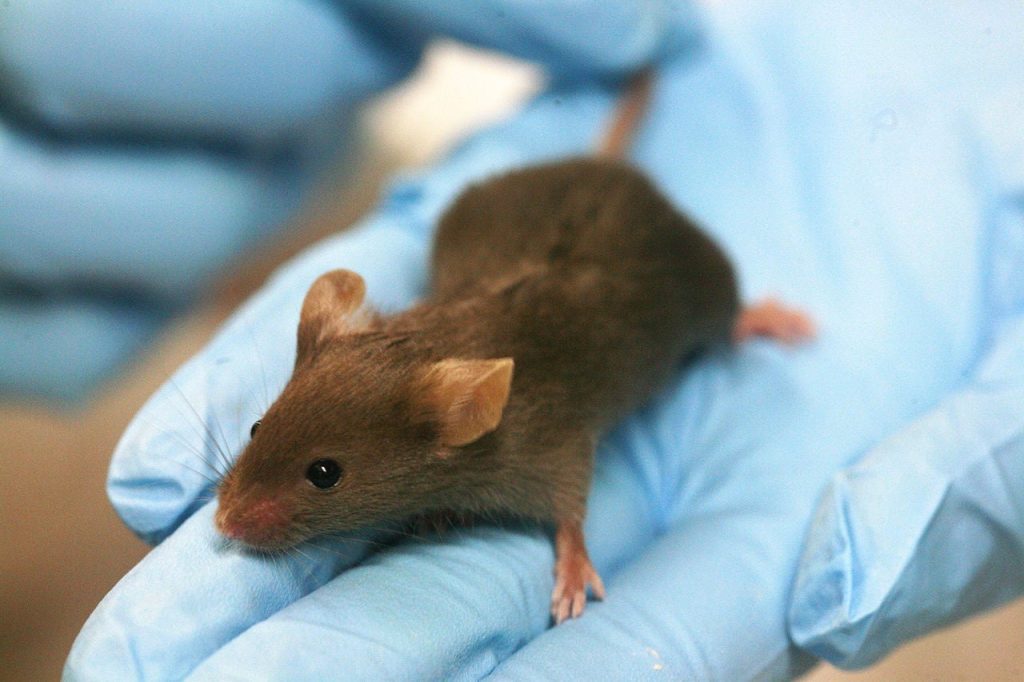Scientists have long been looking for a biomarker for Alzheimer’s, a chemical indication of the disease that may appear before typical symptoms manifest. Now researchers might have gotten a step closer: special mice were able to distinguish between the urine from mice with Alzheimer’s genes and those without. A study outlining the findings was published today in the journal Scientific Reports.
In the study, the researchers modified the genes of more than a dozen mice so that they over-expressed three different genes known to play a role in the development of Alzheimer’s. The researchers collected their urine, which contains chemical variations that help doctors detect other disorders, and placed it in front of “sensor” mice with a strong sense of smell. They were interested to see if the sensor mice could tell the difference between the mice with Alzheimer’s mutations and those without.
The sensor mice lingered longer over the urine from the mutated mice about 84 percent of the time, much higher than mere chance. The researchers then conducted a chemical analysis of the urine and found that one compound, called 1-octen-3-ol, was presented in the urine of the mutated mice but not in the controls. In the future, the researchers hope to study this compound in greater depth to see if it’s a potential biomarker for Alzheimer’s.
Even if the researchers did discover a biomarker, there’s still lots of work to be done before it would be clinically useful—they’d have to make sure a similar compound exists in human Alzheimer’s patients, and how reliably it diagnoses the disease. If the compound is in fact a biomarker, that could help doctors diagnose earlier forms of the degenerative disease, and administer treatments when they would be most effective to slow its progression.









